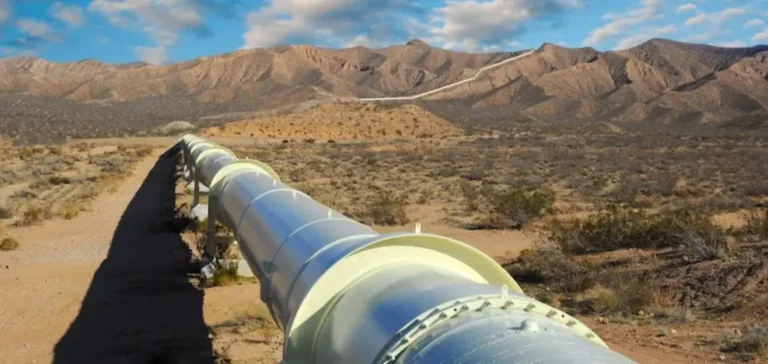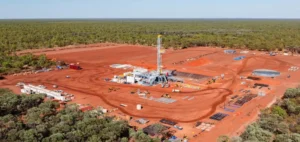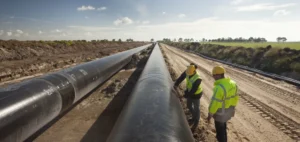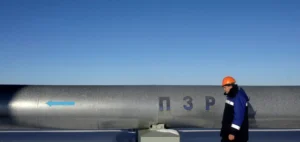The Nigeria-Morocco gas pipeline project is progressing with the creation of a company dedicated to its implementation, a key structure for advancing an infrastructure valued at $25bn. This development marks the transition from the feasibility study phase to the institutional and financial organisation stage, paving the way for the first tenders expected by the end of the year.
A structuring framework for a transcontinental project
This project company is mandated to centralise governance, structure financing and manage assets exclusively linked to the pipeline. A dozen African countries will be crossed over more than 6,000 km, connecting Nigeria to Morocco, with a planned transport capacity of 30 billion cubic metres per year. Ultimately, the infrastructure will link the Moroccan network to the European market via Spain.
The involvement of multilateral financial institutions, such as the European Investment Bank and the Islamic Development Bank, reinforces the project’s economic credibility. Their participation serves as a lever to attract other financial partners, as demand for gas infrastructure grows across the continent.
Regional objectives and funding challenge
Nigeria, Africa’s top oil producer and holder of the continent’s largest proven gas reserves, is seeking to diversify its outlets and reduce reliance on regional exports. For Morocco and the transit countries, the project offers an opportunity to enhance energy security and strengthen their strategic role in African gas flows.
The Final Investment Decision (FID) is scheduled for the end of 2025. This milestone will be crucial to assess the project’s financial viability and begin construction phases. According to international standards, this decision follows the securing of funding and the completion of technical studies.
Prospects for pan-African energy interconnection
The realisation of this pipeline could foster regional energy cooperation by improving gas access for several West African countries. The project’s structure via a dedicated company aims to meet the transparency and coordination standards required by international lenders—conditions often necessary before disbursement of funds.
A project coordination official stated that “centralising the assets in a single entity makes the project more transparent to investors, technical partners and financing institutions”.






















